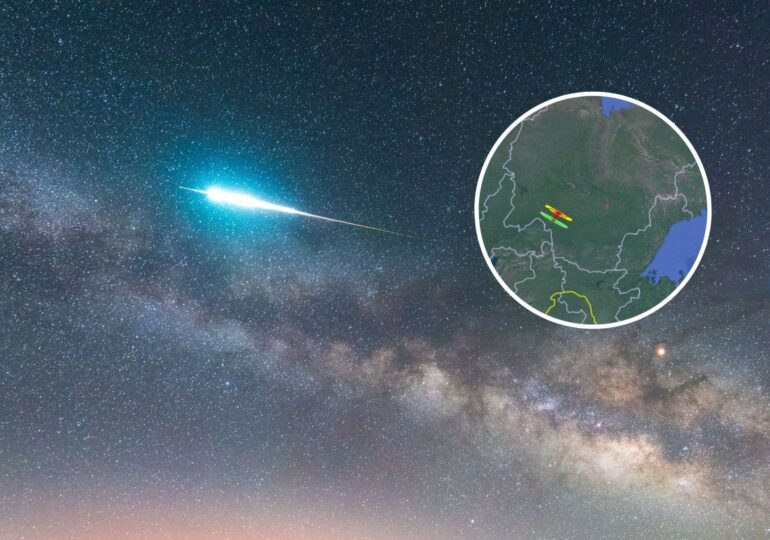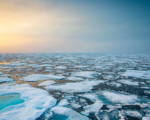The Sahara Desert Floods After Rare Torrential Rains

For the first time in decades, the Sahara Desert experienced intense rainfall, transforming its iconic sand dunes into a watery landscape. The deluge occurred in late September, particularly affecting southeast Morocco, where towns like Merzouga and Errachidia were hit by heavy rain that carved lakes into the usually arid terrain.
Typically, the Sahara receives only a few inches of rain annually, but satellite data from NASA indicated that nearly 8 inches of rain fell in some areas over two days. In Errachidia, almost 3 inches of rain were recorded, over four times the average rainfall for the entire month of September. This was the highest level of rain in the region in 30 to 50 years, according to Houssine Youabeb from Morocco’s meteorology agency.
Striking Visuals of a Transformed Landscape
Stunning images from Merzouga reveal new lakes forming between steep sand dunes. Reflections of palm trees shimmer in the newly formed lagoons, offering a surreal contrast to the typical barren desert landscape. Lakes in Iriqui National Park, Morocco’s largest national park, which are usually dry, also filled with water due to the rain.
Satellite images using false-color technology further highlight the extent of the flooding, revealing vast lakes and green patches where storms brought rain. These visuals offer a rare glimpse of how the Sahara’s dry, golden sands have temporarily transformed into lush and watery oases.
Climate Change and Future Rainfall in the Sahara
While the flooding primarily affected sparsely populated regions, towns and villages in Morocco also experienced deadly floods, which claimed more than a dozen lives. The Sahara’s size and arid conditions make such weather events rare, but they are becoming more frequent as climate change disrupts weather patterns.
Some research suggests that the unusual storms and increased rainfall could be linked to human-caused climate change. The warming planet is altering water cycles, making extreme rainfall events more common even in deserts like the Sahara. As fossil fuel emissions continue to heat up the Earth, the Sahara may see more dramatic changes in its weather, with the potential for more flooding events in the future.





















